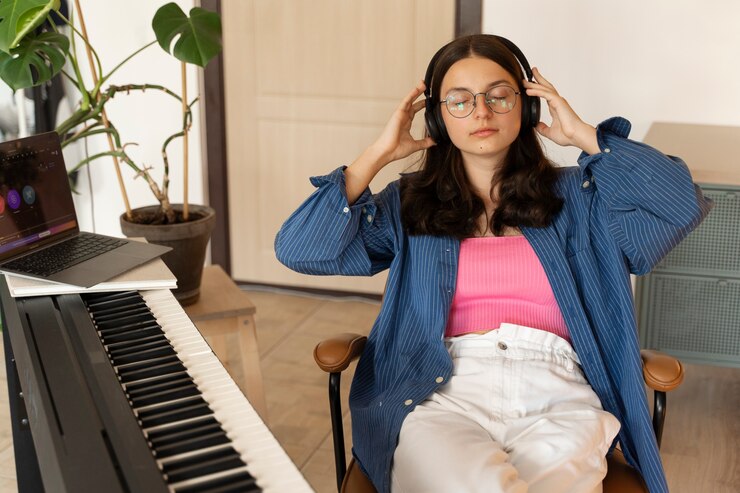Innovation
The applied set of relaxation recordings, based on the previously examined musical preferences of this group of patients, proved to be an effective form of therapeutic influence. Passive music therapy, affecting the mental state of patients, seems to improve the efficiency of the respiratory system.
Evaluation System
Evaluation tools: asthma control (using the Asthma Control Test), respiratory drive, blood cortisol level, dyspnea level (the Borg scale) and the quality of life ( Asthma Quality of Life Questionnaire).
During the hospitalization, the levels of the inspiratory occlusion pressure for the first 0.1 s of inspiration decreased and the maximum P0.1 increased only in the experimental group. The serum cortisol level decreased in both groups. The changes in asthma control and quality of life did not reach significant levels in either subject group
Assessment
The simplicity of its implementation and the low costs make this type of therapy highly accessible, in view of the previously identified demand for relaxation methods in this group of patients.
References
Śliwka A, Kaszuba M, Piliński R, et al. The comparison between pulmonary rehabilitation with music therapy and pulmonary rehabilitation alone on respiratory drive, cortisol level and asthma control in patients hospitalized with asthma exacerbation. J Asthma. 2021;58(10):1367-1376. doi:10.1080/02770903.2020.1789874








